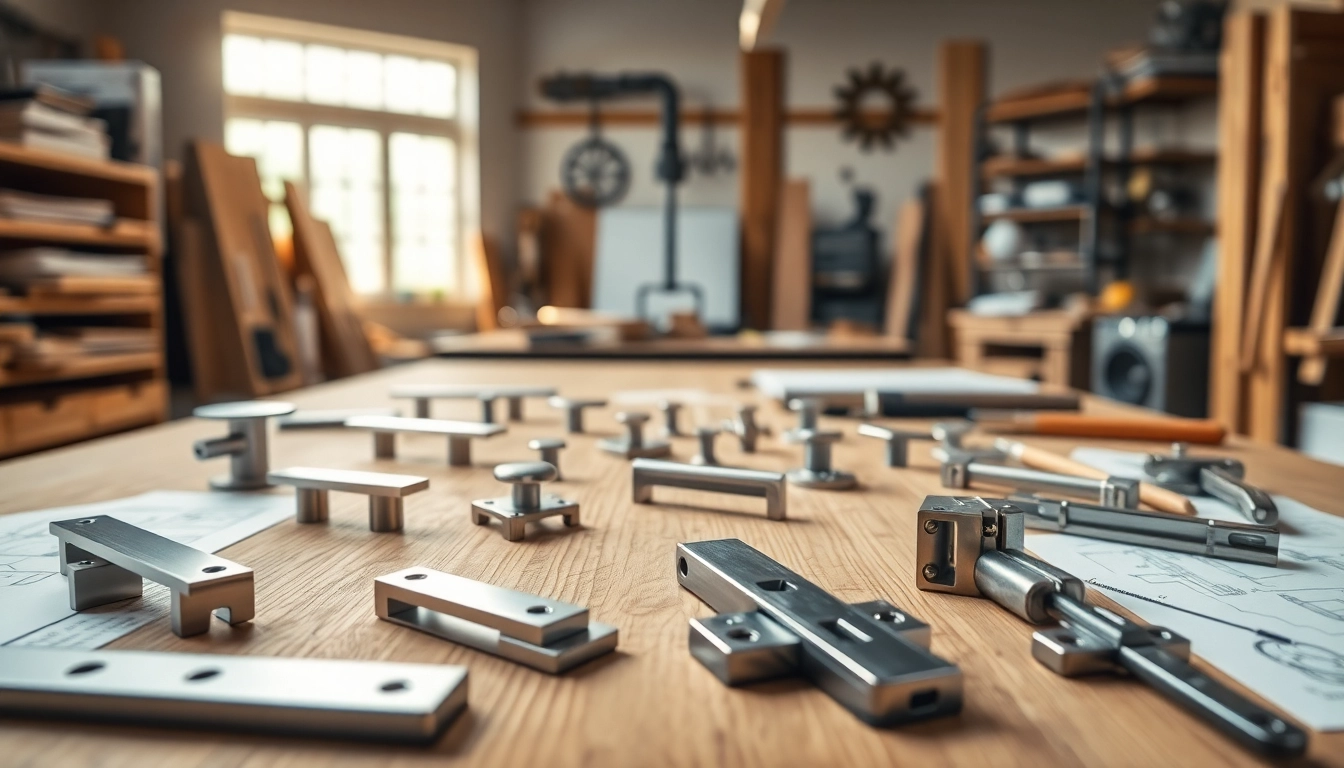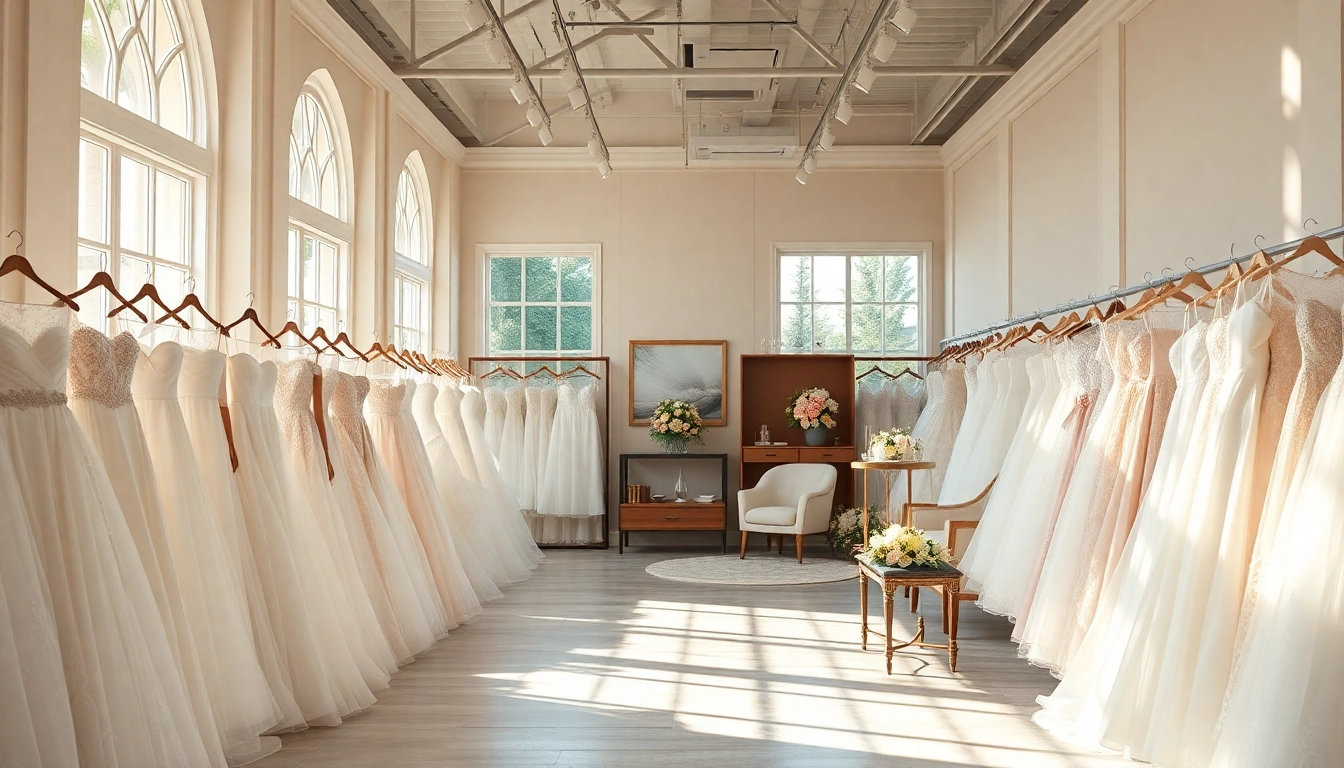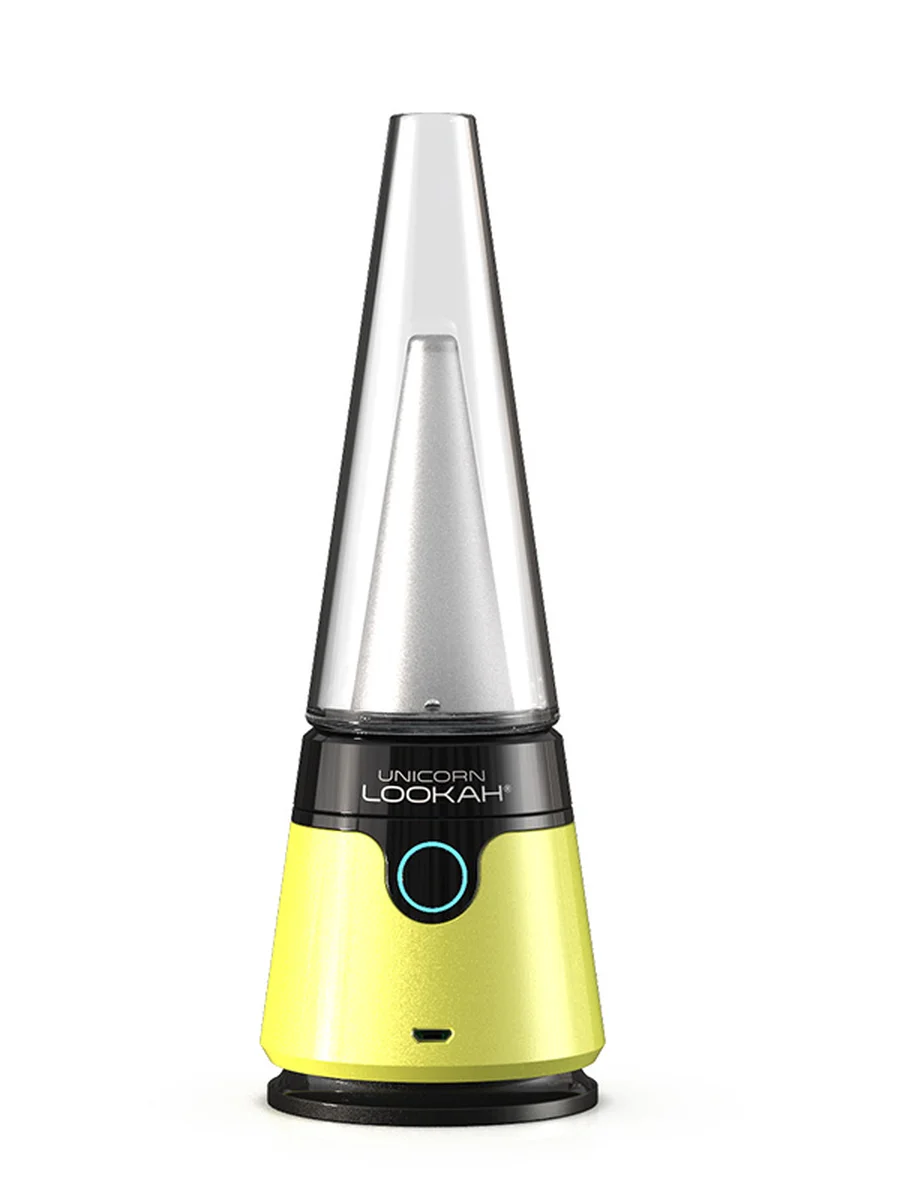Understanding Furniture Hardware Manufacturers
In the diverse world of furniture, functionality and aesthetics go hand-in-hand, and this is where furniture hardware manufacturers come into play. These manufacturers specialize in creating the essential components that ensure furniture not only looks appealing but also performs efficiently. This article will delve into the critical aspects of furniture hardware manufacturing, focusing on its definition, role, product types, emerging trends, quality assurance strategies, and the future landscape of the industry.
What Is Furniture Hardware?
Furniture hardware encompasses a wide range of components and accessories used to construct, assemble, and enhance pieces of furniture. This can include an array of items such as hinges, drawer slides, knobs, pulls, locks, and various types of fasteners. Each piece of hardware plays a vital role in both the functionality and the design of furniture, ensuring that it meets the needs of the user while complementing the overall aesthetic of the space.
For example, drawer slides allow for smooth operation, while knobs and pulls are integral to the ease of access to cabinets and drawers. The hardware industry continuously innovates, crafting new solutions that not only address functional requirements but also contribute to the artistic expression in furniture design.
The Role of Manufacturers in the Industry
Manufacturers are central to the furniture hardware industry, serving as the link between raw materials and finished products on the market. They play a crucial role in determining the quality, design, and availability of hardware options. Manufacturers often engage in comprehensive research and development to stay ahead of design trends and technological advancements. They must adhere to industry standards and regulations to ensure safety and performance.
This responsibility involves sourcing materials that are not only durable but also environmentally sustainable. Additionally, manufacturers collaborate with designers and furniture makers to create custom solutions that fit specific needs or cater to different furniture styles.
Key Types of Furniture Hardware Products
The realm of furniture hardware is expansive, with various categories that cater to different applications. Here are the key types:
- Hinges: Used to connect two objects, allowing for rotation and movement, commonly found in doors and cabinets.
- Drawer Slides: Facilitate the smooth opening and closing of drawers, available in various mechanisms—ball-bearing, roller, and soft-close options.
- Knobs and Pulls: Used on cabinet doors and drawers, they come in numerous styles, shapes, and finishes to suit different decor themes.
- Locks: Essential for security, locks can be added to cabinets and storage units to protect valuable items from unauthorized access.
- Brackets and Fasteners: Provide structural support and stability for furniture pieces, including shelving and other mounted applications.
Each type of hardware is engineered to fulfill specific functions while contributing to the overall efficiency and design of furniture.
Top Trends Among Furniture Hardware Manufacturers
As the furniture hardware industry evolves, manufacturers are increasingly adapting to changing consumer preferences and technological advancements. Here are the top trends shaping the landscape:
Innovative Designs and Functionality
There is a growing emphasis on innovative designs that enhance both aesthetics and functionality. Manufacturers are exploring creative approaches, resulting in hardware that not only meets practical needs but also serves as an eye-catching statement within a room. This includes the development of multi-functional hardware that combines several functions into one sleek design. For example, cabinet latches may now include self-closing features while maintaining a stylish appearance.
Additionally, ergonomic and user-friendly designs are increasingly prioritized. This trend leans towards hardware that is easy to grasp and operate, particularly for users with mobility issues or those seeking enhanced usability. For instance, larger, flat pulls offer a more comfortable grip compared to traditional knobs.
Sustainable Manufacturing Practices
As sustainability remains a significant concern globally, furniture hardware manufacturers are reassessing their production processes and materials. The focus is shifting towards eco-friendly practices, such as using recycled or renewable materials in hardware production and minimizing waste during manufacturing. Some manufacturers are adopting sustainable sourcing techniques, ensuring that the raw materials are ethically obtained.
Moreover, innovations in manufacturing processes, such as energy-efficient techniques and water conservation measures, are becoming standard practice. In response to consumer demand, manufacturers are also offering products that are labeled as sustainable or biodegradable, appealing to environmentally conscious consumers.
Technology Integration in Hardware Production
The integration of technology into manufacturing processes is revolutionizing the furniture hardware industry. Advanced technologies such as 3D printing, computer numerical control (CNC), and automation are streamlining production and allowing for greater customization of hardware products. Manufacturers can now quickly produce prototypes, which speeds up the product development cycle and enables quick adjustments based on market feedback.
Furthermore, technology is enhancing product performance. For example, smart hardware solutions are emerging, allowing consumers to integrate hardware with their home automation systems. This includes smart locks that can be controlled via smartphone apps, adding an extra layer of convenience and security for users.
Choosing the Right Furniture Hardware
With the plethora of options available in the market, selecting the right furniture hardware can be a daunting task. Here are some essential factors to consider when choosing hardware:
Critical Considerations for Selection
When evaluating furniture hardware, it is crucial to consider the following:
- Material: The choice of material not only affects the durability and aesthetic appeal of the hardware but also its compatibility with the furniture. Metals, plastics, and wood core materials each bring distinct properties. For example, brass is known for its strength and corrosion resistance, while plastic may be lighter and more affordable.
- Style: Hardware should complement the overall design of the furniture and the space it occupies. This involves choosing colors, finishes, and silhouettes that harmonize with existing decor.
- Functionality: Assess the specific requirements of each piece of furniture. For instance, a heavy-duty cabinet may require more robust hardware than a decorative accent piece.
- Cost: Set a budget and compare options across various manufacturers. While some hardware may be more expensive, it might be justified by its durability or multifunctional capabilities.
- Installation Ease: Consider how hardware will be installed and whether it comes with the necessary fittings and instructions for a straightforward installation process.
Popular Hardware Brands Review
In the realm of furniture hardware, several brands stand out, offering a broad range of options. Here’s a look at some of the most reputable:
- Top Knobs: Known for their extensive collection of cabinet and drawer hardware, Top Knobs provides a premier selection that caters to various styles and tastes—from traditional to contemporary.
- Rockler: This brand specializes in an impressive range of furniture and cabinet hardware, offering products designed for DIY enthusiasts and professional craftsmen alike.
- Furnica: Furnica offers a comprehensive range of furniture accessories, including innovative hardware solutions that enhance the functionality and appearance of furniture.
- Richelieu: A leader in specialty hardware products, Richelieu provides unique designs that focus on both form and function, fulfilling diverse customer needs.
- Amerock: Recognized for their stylish, modern designs, Amerock’s hardware offers excellent affordability and a good balance of quality and design.
Choosing from established brands often guarantees product quality, customer service, and compliance with safety standards.
Comparative Analysis of Manufacturer Offerings
When selecting hardware, it is beneficial to perform a comparative analysis of what different manufacturers offer. This can include evaluating product lines, material options, warranty conditions, and customer reviews.
Additionally, consider exploring feedback from industry professionals or searching for case studies where specific brands have demonstrated superior performance in real-world applications. By contrasting features, price points, and designs, one can arrive at an informed decision tailor-fit to their furniture needs.
Quality Assurance in Furniture Hardware Manufacturing
Quality assurance is a pivotal aspect of manufacturing in the furniture hardware industry. This section will examine the standards, certifications, testing procedures, and customer feedback mechanisms utilized to ensure the high quality of hardware products.
Standards and Certifications to Look For
Quality in furniture hardware manufacturers is often validated through adherence to various standards and obtaining industry certifications. Key standards include:
- ISO Certification: This international standard ensures that organizations meet customer and regulatory requirements while striving for continual improvement.
- ANSI Standards: The American National Standards Institute sets quality benchmarks for various hardware categories, ensuring safety and reliability.
- Green Certification: For eco-conscious consumers, certifications such as LEED (Leadership in Energy and Environmental Design) demonstrate a commitment to sustainability in manufacturing.
Choosing hardware from manufacturers with such certifications gives consumers confidence that they are investing in quality products.
Testing Procedures and Customer Feedback
Manufacturers typically employ a variety of testing procedures to ensure their hardware meets applicable standards. This may include:
- Durability Tests: Hardware is subject to stress tests to evaluate its lifespan under various conditions, including weight loads and environmental factors.
- Functional Tests: Tests are conducted to ensure that hardware operates as intended, including ease of installation and user interaction.
- Corrosion Resistance Tests: Essential for metals, this testing determines how well hardware withstands exposure to moisture and other corrosive elements.
Beyond tests, consumer feedback plays a critical role in assessing product quality. Manufacturers can utilize surveys and reviews to gather insights that guide future product refinements.
The Importance of Warranty and Support
A comprehensive warranty and customer support system can greatly enhance consumer confidence in purchasing decisions. A reliable warranty indicates that a manufacturer stands behind their products, typically covering defects and significant performance issues.
Support can also play a vital role after purchase. Customers should evaluate the availability of technical support and installation assistance, as these services may significantly improve user experience and satisfaction with the products.
The Future of Furniture Hardware Manufacturing
The landscape of furniture hardware manufacturing is continuously evolving. This section will delve into market predictions, consumer adaptations, and anticipated innovations within the industry.
Market Predictions and Industry Growth
Analysts expect the furniture hardware market to see substantial growth in the coming years, driven by trends in home improvement, commercial furnishing, and technological advancements. The rise in customized furniture, especially in urban areas, suggests a growing demand for personalized hardware solutions that meet specific consumer needs.
Investment in research and development will pave the way for new materials and greener manufacturing processes, as sustainability becomes a paramount consideration across industries. As more consumers embrace DIY projects, manufacturers will likely respond with user-friendly hardware that requires minimal installation skills.
Adapting to Consumer Needs and Preferences
Consumer behavior plays a critical role in shaping the offerings of furniture hardware manufacturers. As trends evolve, manufacturers must remain flexible and responsive, adjusting their product lines to meet changing demands. For instance, the increasing popularity of minimalism has sparked interest in sleek, unobtrusive hardware designs.
Moreover, user-centric innovations that improve the user experience—such as soft-close mechanisms or touch-to-open technology—will be essential for attracting new customers. Maintaining an open channel for customer feedback will continue to be vital for manufacturers aiming to stay ahead of the competition.
Potential Innovations on the Horizon
The future of furniture hardware is likely to be defined by further innovations that integrate technology with functional design. We’re seeing early moves toward smart hardware solutions that can communicate with home automation systems, offering features like remote locking and monitoring of cabinet contents.
Additionally, as materials science progresses, we can expect more lightweight yet incredibly durable materials that facilitate new design possibilities while enhancing the efficiency and lifespan of hardware products.
With increased research into ergonomics, expect hardware designs that significantly enhance usability for all demographics, including the aging population.



